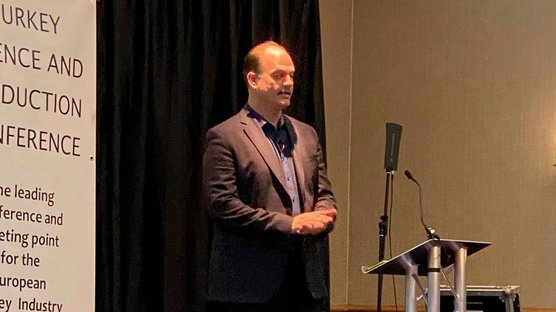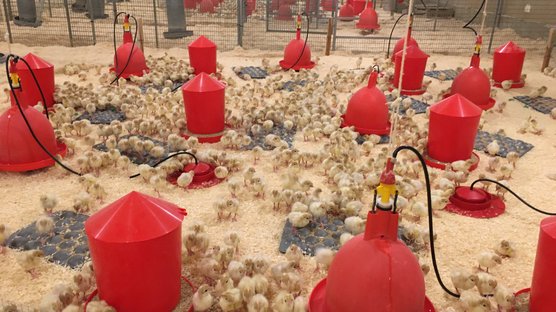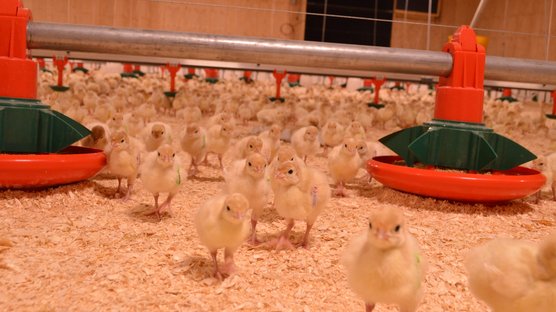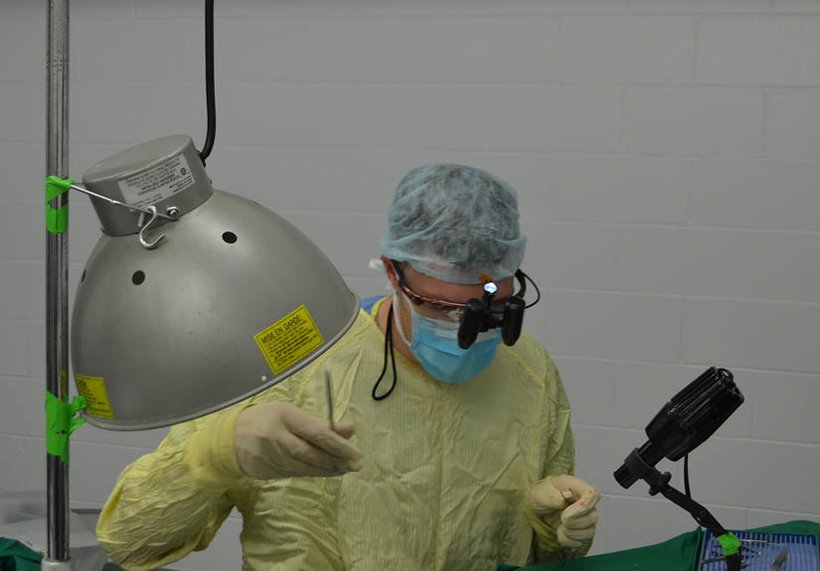
Published on May 28, 2019
Preparing for tomorrow by preserving the genes of today
It is possible for humans to extract, store and transplant cells, such as embryos, with increasing success rates. There are many different uses for this technology, including reproduction. Ovarian transplantation is now being studied in turkeys. Why? The hope is that this technology could give the industry a way of preserving genetics for the future.
The project is a partnership between Hybrid Turkeys (Dr. Ben Wood), the University of Guelph (Dr Grégoy Bédécarrats), the United States Department of Agriculture (USDA ARS) (Dr Julie Long) to study avian ovarian transplantation: an innovative potential solution for the long-term preservation of turkey genetic lines.
Perspective on avian preservation
In mammals, preservation and transfer of oocytes, semen and embryos have been common practice for decades. However, in poultry there are no easy methods for the cryopreservation of genetic material. Currently there are three methods of maintaining genetic lines: raising live breeding stock, which is costly, or extracting and storing PGCs (Primordial Germ Cells) and transplanting them into embryos, which is an expensive and time intensive process. Another option is sperm backcrossing, which uses cryopreserved semen and a living recipient hen population, but it also has a number of downsides. The fertility of stored avian semen has traditionally been quite low, but of more importance is the time taken in back crossing to get back to, or close to, the original pure population. With sperm backcrossing, the original female sex chromosome and maternal mitochondrial DNA are never recovered but are replaced by the living recipient population of hens.
Purpose of the study
Our current study is investigating the viability of transplanting ovaries for genetic preservation. Besides some initial research conducted in quail and chicken, this method has never been studied to a high level of detail in turkeys.
If transplantation of ovarian tissue is successful, this method could offer additional protection for our pedigree lines. It could also be a way to preserve genetics that have been specially selected and are being maintained for research purposes. These specially selected lines are not currently used for commercial birds, but they could be of value in the future.
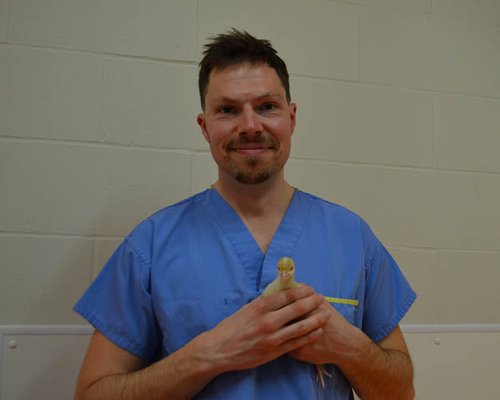
George Hall, PhD student from the University of Guelph who is leading the project
A multi-stage approach
The first stage is to use a 7 day old donor poult and a 1 day old recipient poult to determine if the donor ovary can be successfully grafted into the recipient. The next stage will test to see if the recipient poult successfully accepts the grafted ovary, and whether the recipient’s immune system tries to reject the grafted ovary. Once the project has progressed to an advanced stage, the team will use ovary samples from a white turkey line, and transplant them into a bronze line, in order to effectively determine if the hen’s offspring are the product of the donor ovary. If successful, this would mean that a turkey’s offspring could be from a completely different genetic line than the recipient ones. This systematic approach could also offer a great deal of information on ovary development and immune response in turkeys.
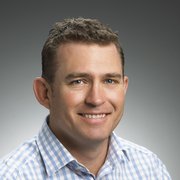
Investment in these research projects are important for the future sustainability of genetic progress. As leaders in the field of breeding and genetics, we will continue to collaborate with academic and government partners for innovative solutions that could offer real value for the future of the industry.

